- stevens4's home page
- Posts
- 2014
- 2013
- 2012
- 2011
- December (1)
- November (2)
- October (1)
- September (1)
- August (2)
- July (3)
- June (7)
- May (2)
- April (2)
- March (5)
- February (2)
- January (2)
- 2010
- November (1)
- October (1)
- September (3)
- August (3)
- July (3)
- June (1)
- May (1)
- April (3)
- March (4)
- February (4)
- January (8)
- 2009
- December (4)
- November (3)
- October (4)
- September (5)
- August (1)
- July (2)
- June (2)
- April (1)
- March (1)
- February (2)
- January (1)
- 2008
- My blog
- Post new blog entry
- All blogs
Toward W Cross Section for APS
Toward W Cross Section for APS
I took the quantities from Ross's writeup to get some very preliminary efficiencies from our current (private) MC. There are several things incorrect about this sample: no 'real' status tables for TPC and B/EEMC, narrow vertex distribution, old geometries, etc. But it gives us a crude look at what our efficiencies are, and sets up the software to calculate them correctly when the new MC samples arrive.
Note: The errors are given by err=sqrt(A*(B-A)/(B)^3), where B is the number of possible events and A is the number of accepted events.
Fig 1) Trigger Efficiency: Likelihood of event with electron |eta|< 1 to pass trigger
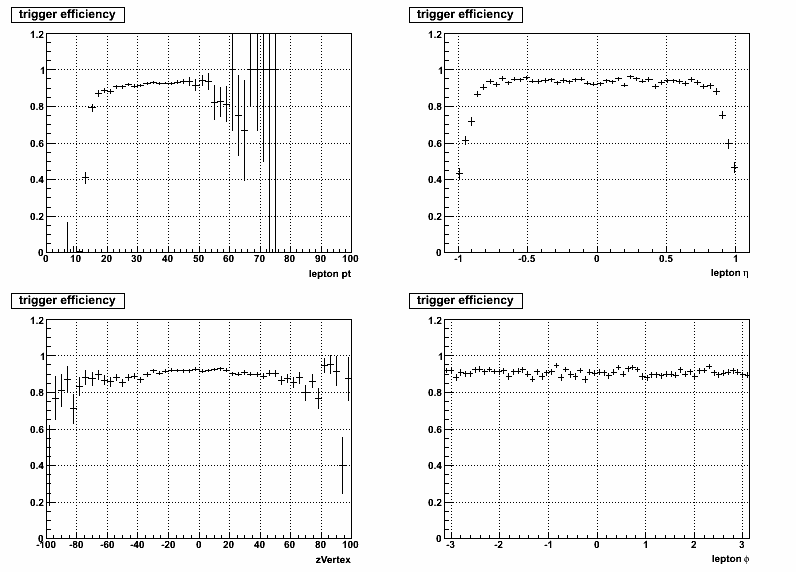
Fig 2) Vertex Efficiency: Likelihood of event with good trigger to have a good reconstructed vertex (rank > 0 && |zVertex| < 100)
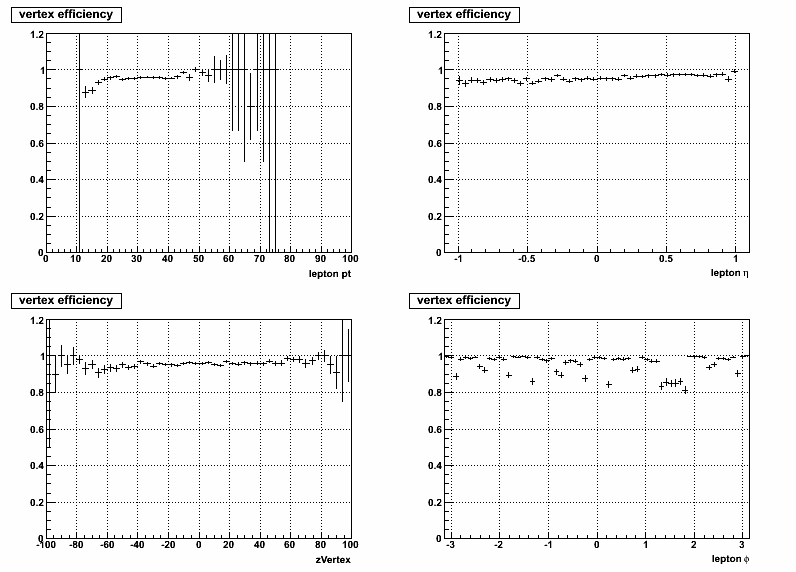
Fig 3) Reconstruction Efficiency: Likelihood of event with good vertex to pass all the cuts in W algo

Below is a very preliminary estimate of the charge summed W cross section. Here are the assumptions:
1) Luminosity from setABCD = ~12 pb^-1
2) Efficiency: constant ~68% (from above: trig * vert * reco = 0.9 * 0.95 * .8)
3) Background subtracted yield similar to Jan's presentation at Austin (with additional requirement that the electron track |eta| < 1)
Fig 4) Background subtracted yields (with requirement electron track |eta| < 1)
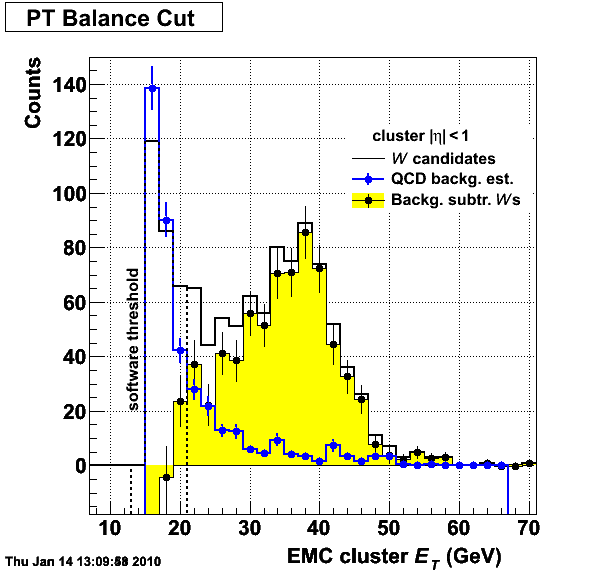
Fig 5) Charge Summed W cross section (only statistical errors are shown)
.png)
Cross Section binned in |eta|
Fig 6) Background subtracted yields in 3 |eta| bins
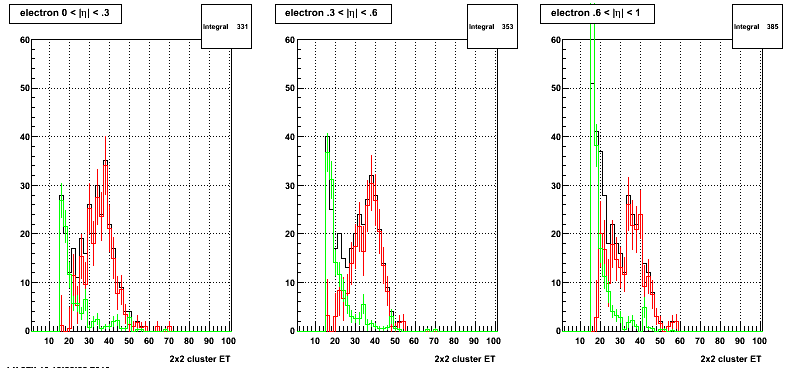
For the two smaller |eta| bins it looks like our background subtraction is working very well. However, for the largest |eta| bin the shape of the ET distribution is different. We expect the distribution to change as we move to larger |eta|, right? How does this affect our background subtraction technique.
Assumed luminosity ~ 12 pb^-1 and overall efficiencies (from fig 1, 2, 3 above)
| |eta| bin | [0,0.3] | [0.3,0.6] | [0.6,1] |
| efficiency | .72 | .72 | .61 |
Fig 7) W cross section vs |eta| (only statistical errors are shown)
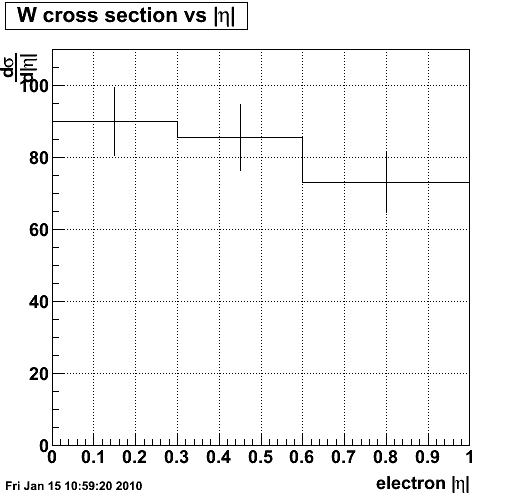
- stevens4's blog
- Login or register to post comments
